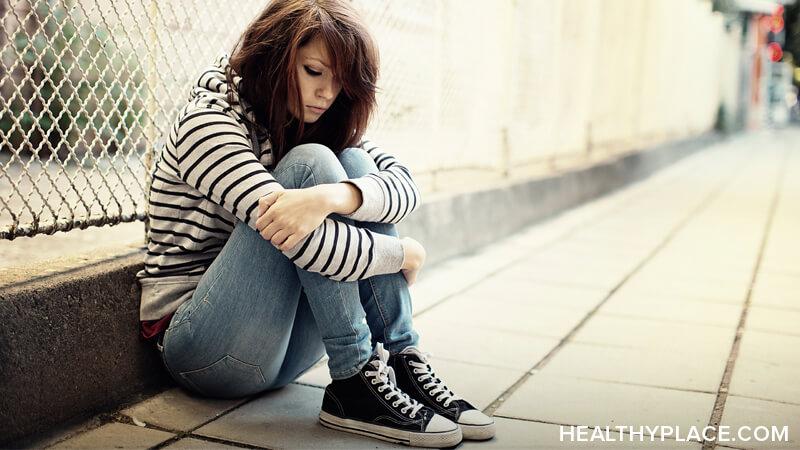The Cycle of Self-Harming and Anxiety

We often think of fear and pain as distinct experiences, one physical and one emotional. Emotional pain, however, is just as real as physical injury, and when self-harming and anxiety are intertwined, they may form a vicious cycle from which it can be difficult to break free.
How the Cycle of Self-Harming and Anxiety Begins
Nonsuicidal self-injury, for many people, functions as a means of coping with overwhelming negative emotions. Fear, especially in the form of an anxiety disorder, can be an especially challenging burden to bear. It preys on your peace of mind, eating away at your confidence and your courage, and tricks you into believing you are less than you are and that the things that frighten you are more powerful than they actually may be.
Especially if you have been living with anxiety for a while, the emotional outlet that self-harm can provide can seem all too tempting. The privacy of it means you won't have to talk to anyone about your anxiety, and the ease with which you can slip it into your daily routine makes it a faster, more convenient solution than therapy. However, self-harm, by definition, involves hurting yourself—meaning that, ultimately, you are adding to your own pain, rather than relieving it.
Self-Harming and Anxiety Feed Off of One Another
In the moment, self-harm may provide a temporary sense of relief, even mild euphoria. But in addition to the physical harm it involves, self-harm can actually add to your anxiety in the long-run.
Self-harm often involves secrecy and hiding wounds from concerned parents and curious friends in order to keep the pain private. It may also involve feelings of guilt, disappointment, or even anger. Some people find they regret hurting themselves after they've done it, but they may become too deeply entrenched in the habit to feel like they can just stop. You may worry about being "found out," that your wounds may become infected, or that you may one day take things too far.
All of these feelings nourish anxiety, and the mounting stress may then drive a person to self-harm again and again.
Moving Past Self-Harming and Anxiety
Once you're in the cycle, it can feel impossible to break free. But this is just another lie your fear is telling you; recovery is possible. Healing from one involves healing from the other as well, a sometimes complex process that is generally best undertaken with the help of a therapist. However, if you're not ready to take that step yet, start small. Start by simply acknowledging that self-harm is not the answer to your anxiety. Once you understand that, you can begin moving forward, past your pain, and towards a more hopeful tomorrow.
Do you struggle with self-harming and anxiety? Have you tried any alternative coping methods to help with one or the other? Let us know your thoughts in the comments.
APA Reference
Kim Berkley
(2020, May 28). The Cycle of Self-Harming and Anxiety, HealthyPlace. Retrieved
on 2025, December 10 from https://www.healthyplace.com/blogs/speakingoutaboutselfinjury/2020/5/the-cycle-of-self-harming-and-anxiety